There are five Montana National Parks including two gems in the National Park Service; Glacier and Yellowstone National Parks!
Incidentally, Montana does not hold sole possession of either of its two National Parks.
Glacier Park, located in the northwestern part of the state, combines with Canada's Waterton Lakes National Park to form Waterton-Glacier International Peace Park.
Only a small portion of Yellowstone National Park is located in the southern portion of Montana however it hosts three of the five park entrances including the North Entrance at Gardiner, Montana, the West Entrance at West Yellowstone, Montana and the Northeastern Entrance that travels through the breathtaking Beartooth Highway and enters the park just past the town of Cooke City, Montana.
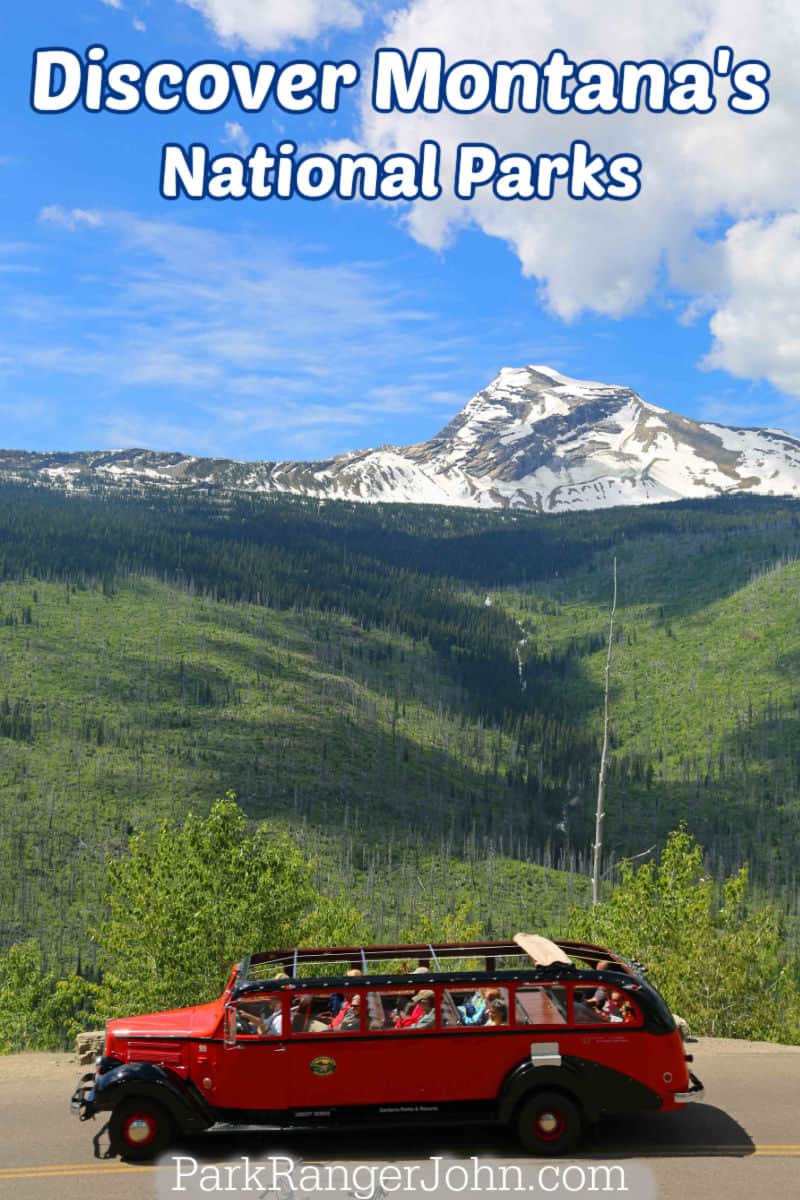
Montana National Parks
Montana itself is known for its natural beauty and wildlife. It is also commonly called Big Sky Country and anyone who has had the opportunity to explore this incredible state understands the meaning with never ending breathtaking scenery!
Montana is full of history and swells with an abundance of wildlife for the avid outdoorsman in your family.
The air here is crisp, unlike many other states within the United States of America.
Montana covers an extremely large geographic area; 147,046 square miles to be exact.
With a population of just over 1,000,000 people, the open space will be yours to enjoy!
I can't emphasize enough to give yourself time to explore both of these National Parks.
Planning a 1-Day trip to either of these parks will simply leave you unsatisfied and wanting to come back for more.
Trust me, I have spent months in both parks and can't wait to go back!
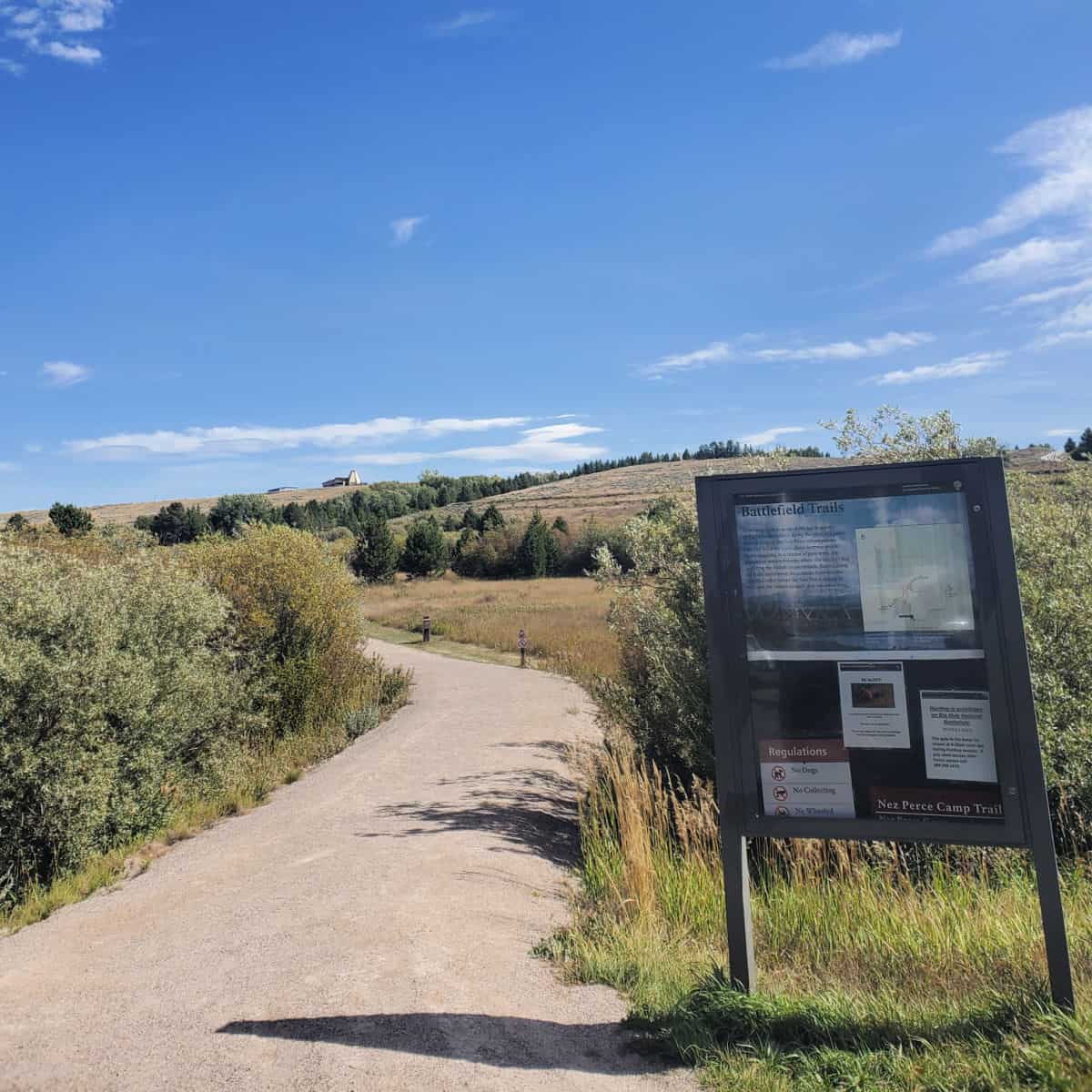
Big Hole National Battlefield
Top Things to do - Hiking, Battlefield Tours, Ranger Talks, Visit Bear Paw Battlefield, Explore the Battlefield (self-guided)
Lodging - Big Hole National Battlefield is located in a remote area of southwestern Montana, and there are limited lodging options within the immediate vicinity. However, you can find accommodations in nearby towns and cities.
Camping - There are no campgrounds within Big Hole National Battlefield
Park Address - 16425 Highway 43 West, Wisdom, MT 59761
Big Hole National Battlefield is located in Southwestern Montana approximately 80 miles from Butte. The park is open year-round and offers visitors the opportunity to visit the visitor center and hike battlefield trails.
Five bands of Nez Perce fled the government's attempt to settle them in a reservation in 1877. A series of battles between the Nez Perce and US Army Troops occurred and became known as the Nez Perce War.
The Nez Perce set up camp in Big Hole Valley on August 7th believing they were far away from the US Troops. Unfortunately, Army scouts found them and soldiers attacked the Nez Perce on the morning of August 9th.
Big Hole National Battlefield is part of the Nez Perce National Historical Park. The visitor center has a great video explaining what happened to the Nez Perce. Hiking trails lead to the campsite were soldiers surprised the sleeping Nez Perce.
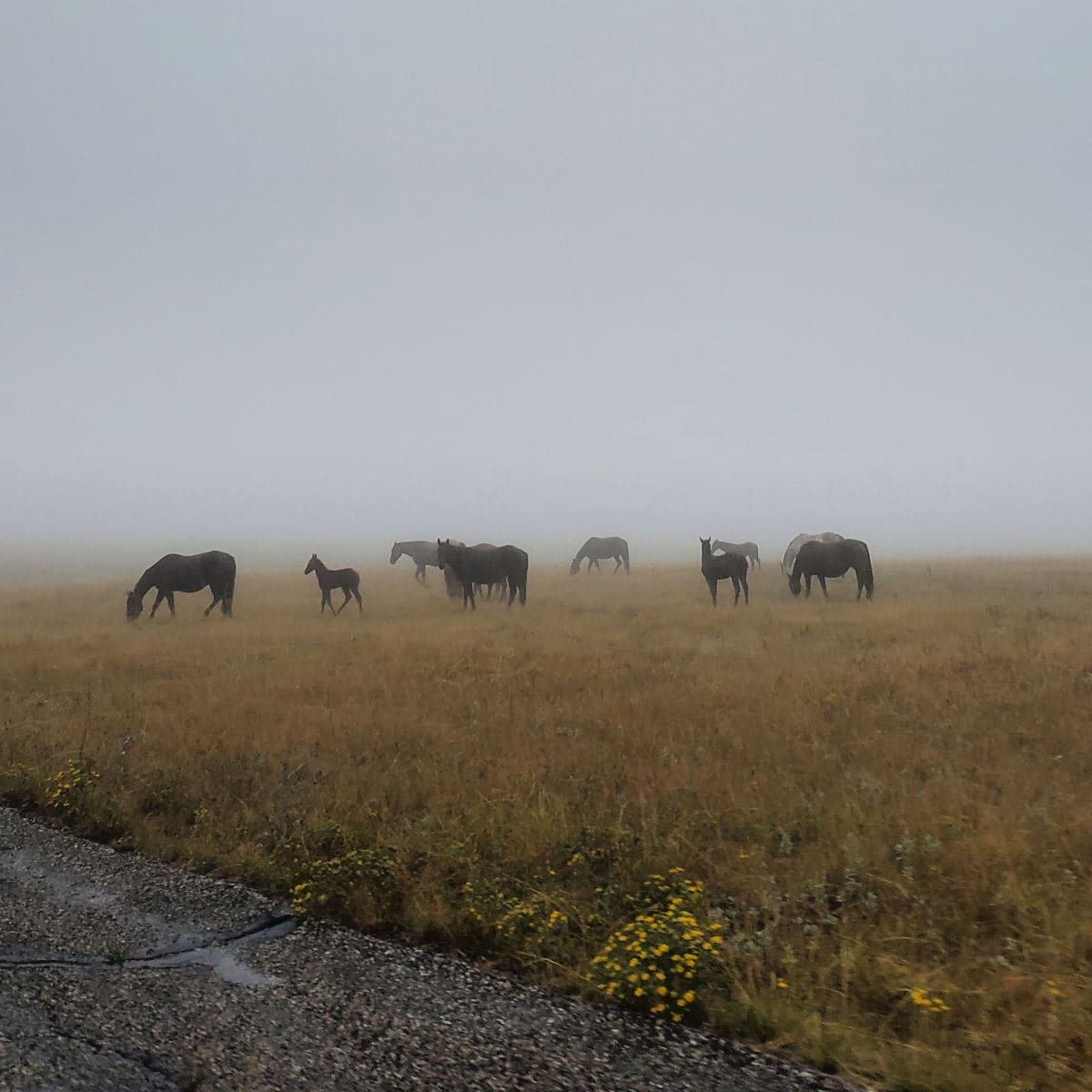
Bighorn Canyon National Recreation Area
Top Things to do - Viewing Yellowtail Dam, Boating on Bighorn Lake, Bicycling, Camping, Fishing, Hiking, Historic Ranches, Horseback Riding, Picnicking, Wildlife watching, Ranger Led Programs
Lodging - While there are no lodges or cabins within the park, some private accommodations may be available in nearby towns. The nearby town of Lovell, Wyoming, approximately 15 miles away, provides various lodging options, including hotels, motels, and bed and breakfasts. For more amenities, travelers can explore Hardin, Montana, about 50 miles from the Bighorn Canyon Visitor Center, or Billings, Montana, approximately 100 miles away.
Camping - Bighorn Canyon offers five camping areas with over 100 spots. Best of all, the majority are surrounded by some of the most beautiful scenery in the west.
Park Address - Bighorn Canyon National Recreation Area South District Visitor Center, 20 US Hwy 14A, Lovell 82431
Bighorn Canyon NRA is located in Southern Montana approximately 90 miles southeast of Billings. The park is open spring through fall and offers visitors the opportunity to enjoy a ton of water activities, camping, hiking, fishing, and more.
Bighorn Canyon NRA straddles between Montana and Wyoming over 120,000 acres. The park was established in 1966 after the construction of the Yellowtail Dam on the Bighorn River.
Part of the national recreation area includes a section of the Pryor Mountain Wild Horse Range which is home to over 160 wild horses.
There are two visitor centers for the park with one in Montana and the other in Wyoming. The only direct route between the two sections of the park is via the water.
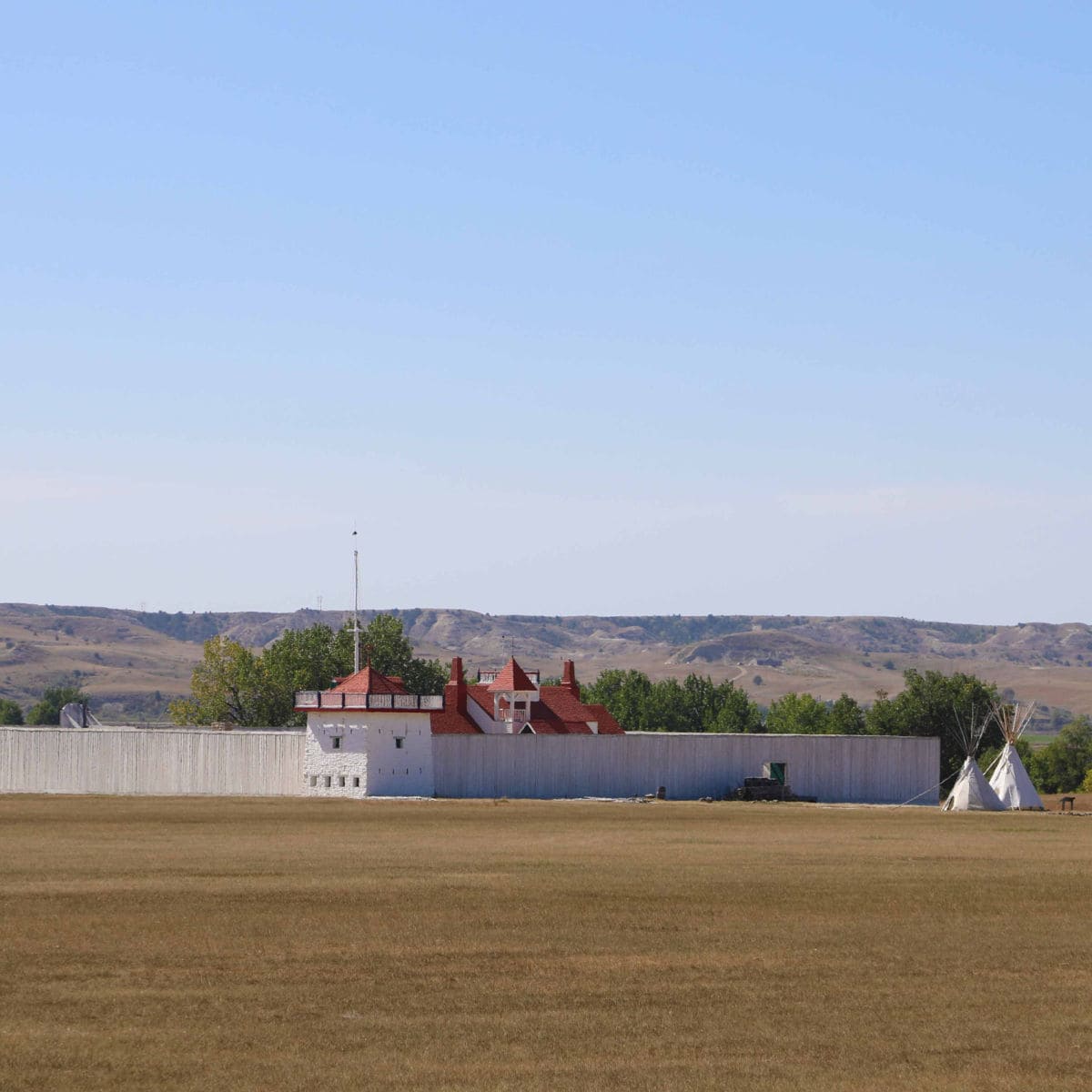
Fort Union Trading Post National Historic Site
Top Things to do - Tour Fort Union Trading Post, Watch the Fort Union Trading Post Orientation Film, Visit Fort Union's Trade House, Become a Jr. Ranger and Jr. Trader at Fort Union
Lodging - There are no lodging facilities within Fort Union Post NHS. The closest lodging is in Fairview, Montana, about 15 miles to the southwest of Fort Union.
Camping - There are no camping options within the NHS. Fort Buford State Historic Site offers primitive camping, 2 miles to the east of Fort Union.
Park Address - 15550 Highway 1804, Williston, ND 58801
Fort Union Trading Post NHS is located along the Montana and North Dakota State Line. Fort Union was established in 1828 by the American Fur Company.
Buffalo Robes, beaver pelts, and other furs were in high demand in the mid 19th century. The fort was built to acquire furs from the Northern Plains tribes in exchange for knives, guns, blankets, alcohol, and more.
Fort Union had the longest working lifespan of any fur trading center along the Upper Missouri River.
Today visitors can explore a reproduction of the extensive fort that was originally in this location. The visitor center is located in the bourgeois House and has exhibits of life from the times of Fort Union.
There are hiking trails that lead around the Fort and great interpretive panels.
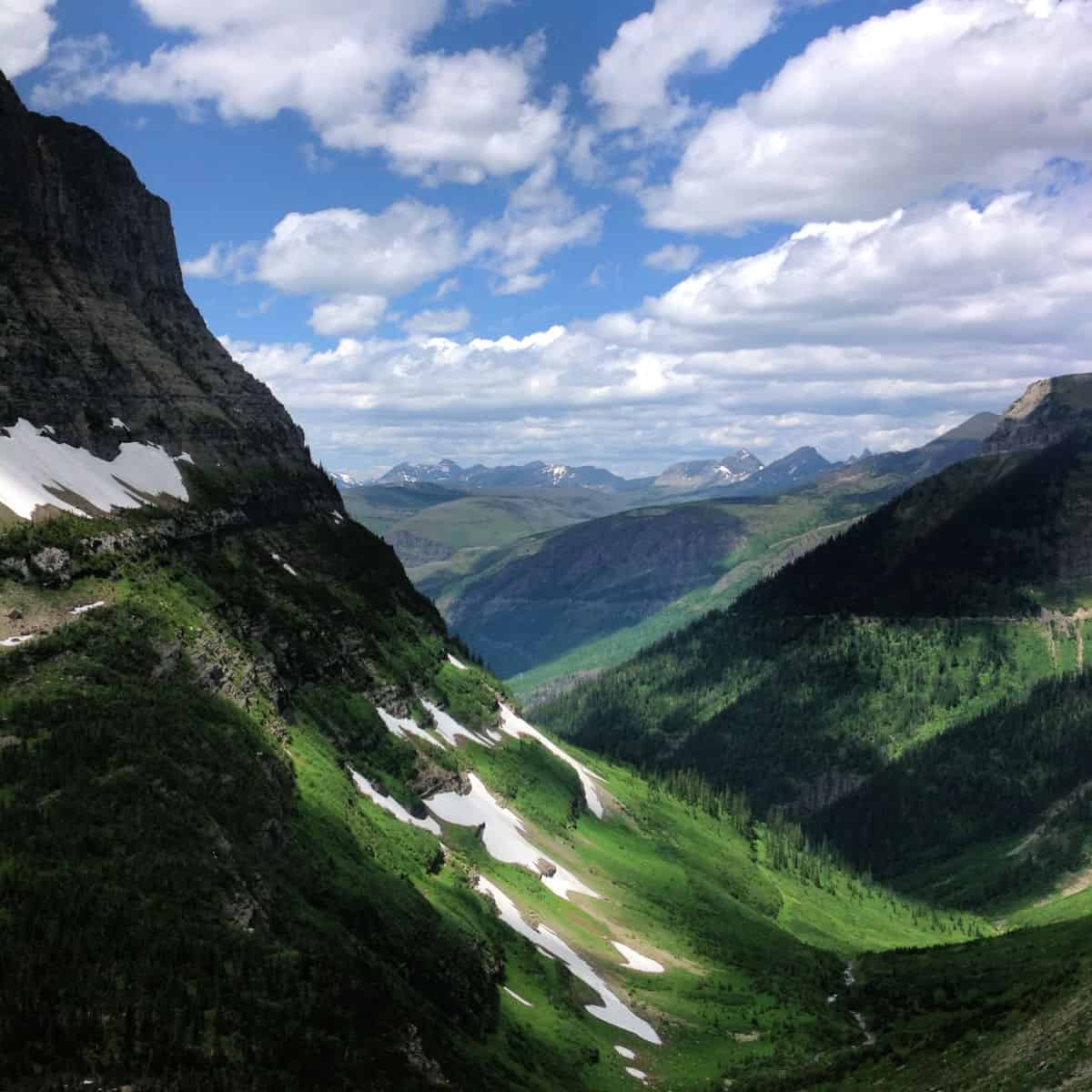
Glacier National Park
Top Things to do - Hiking, Backcountry Camping, Ranger Led- Programs, Guided Tours, Going-to-the-Sun Road, Camping, Photography, Biking, Fishing, Boating, River Camping, Cross-country Skiing
Lodging - There are amazing Glacier National Park Lodging options within the park. Glacier has some of the most amazing National Park Lodges in the park system.
Camping - There are 13 front country campgrounds, and each campground varies in use. Whether you wish to tent-camp, camp with an RV or other vehicle, one or more of the park campgrounds should suit your interest.
Park Address - 64 Grinnell Drive, Glacier National Park Headquarters, West Glacier, MT 59936
Glacier National Park would get many people’s vote for the most spectacular of all the National Parks, even over the rightly celebrated Yellowstone National Park. (Though Yellowstone borders Montana, and a trip to Montana could certainly include visits to both National Parks.)
Glacier is one million acres of alpine meadows, forests, over 800 lakes, and over 200 waterfalls. It encompasses two sub-ranges of the Rocky Mountains, formed by glaciers millions of years ago. Its 260 species of birds and 70 species of mammals include grizzly bears, wolves, deer, mountain goats, and bighorn sheep.
Glacier borders Canada and Waterton Lakes National Park to the north, the Flathead River to the west, and the massive Bob Marshall Wilderness Complex to the south, one of the most remote and primitive areas left in the continental United States.
Take the aptly named Going-to-the-Sun Road through Glacier for some awesome views. Enjoy 700 miles of hiking trails. Take a bracing dip in one of the crystal clear lakes. Enjoy some fishing, canoeing, or just relaxing in nature.
Glacier gets by far the bulk of its visitors between June and September each year. The weather then is mostly warm and pleasant, but even in the summer, it can be erratic, with cold temperatures at night or in the higher elevations, and occasional fierce thunderstorms and hailstorms.
Conditions are primitive in the off-season, with many of the hiking trails snow-covered and inaccessible, campgrounds closed or not providing restrooms or running water, and many areas unsafe due to the risk of avalanches. The weather can be severe and unpredictable. A world record temperature variation (100 degrees difference between the high point and the low point in a 24 hour period) occurred in 1916 in Browning, just outside the park.
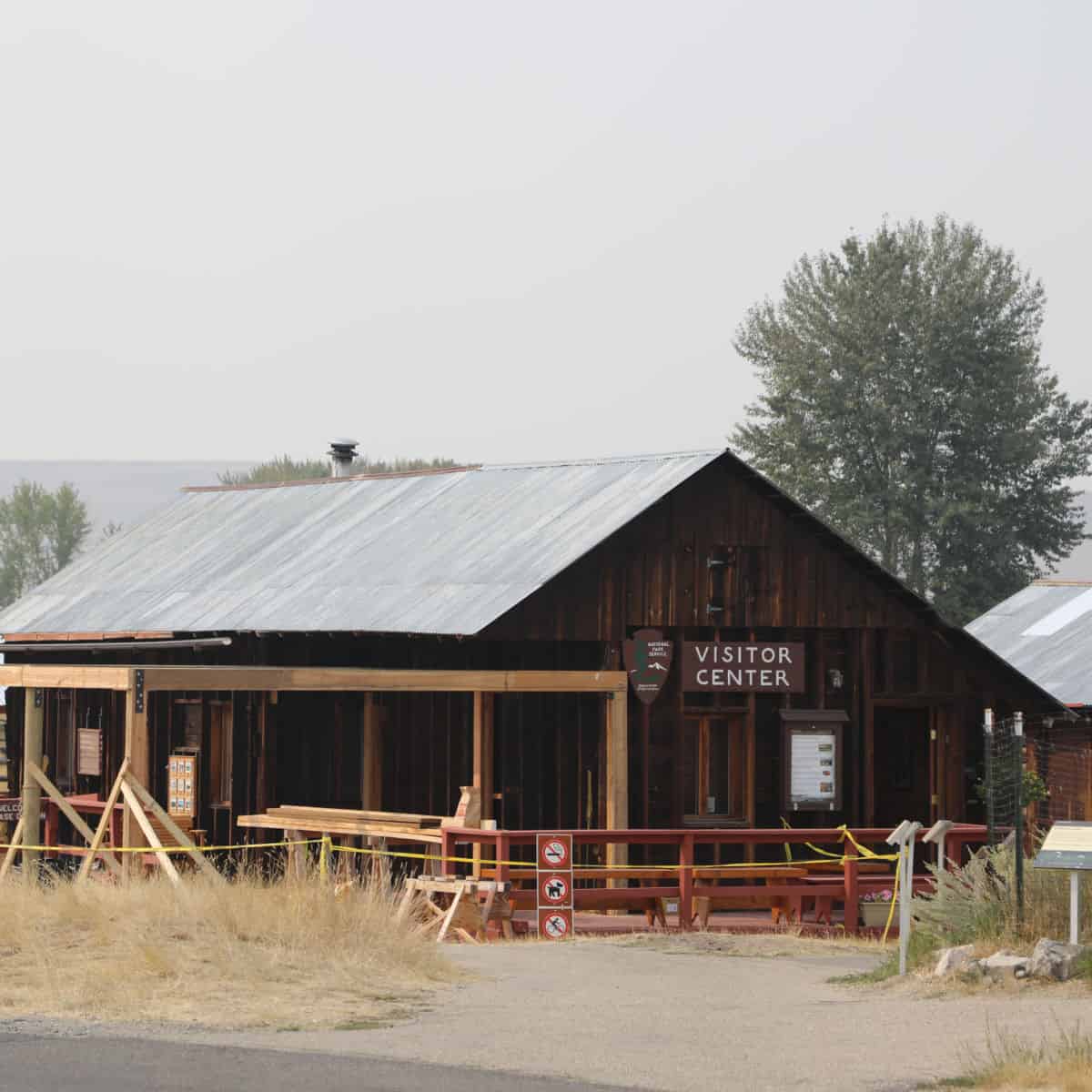
Grant - Kohrs Ranch National Historic Site
Top Things to do - Ranger Programs, Explore the trails, Explore Historic buildings, Bird Watching
Lodging - There are no National lodging within the site
Camping - There are no campgrounds available within Grant - Kohrs Ranch National Historic Site
Park Address - 251 Grant Circle, Deer Lodge 59722
Grant Kohrs Ranch NHS is located in Western Montana approximately 45 miles west of Helena. The park is open Spring through Fall and offers visitors the opportunity to explore a working cattle ranch.
This amazing National Park site is focused on the early cattle operations of this part of Montana. The ranch is a working ranch that preserves the story of the cowboy and the role of cattlemen in American History.
There are more than 80 structures and buildings that include the historic ranch house with the original furnishings from the 1800s.
Additional buildings include the bunkhouse, blacksmith shop, horse barns, cattle sheds, and outbuildings that date back to the 1860s.
Tours are conducted of the main ranch house plus you can experience horse-drawn carriage rides, chuckwagon talks, blacksmith demonstrations, and cowboy presentations.
There are also seven miles of walking trails including a nature trail for exploring more of the park.
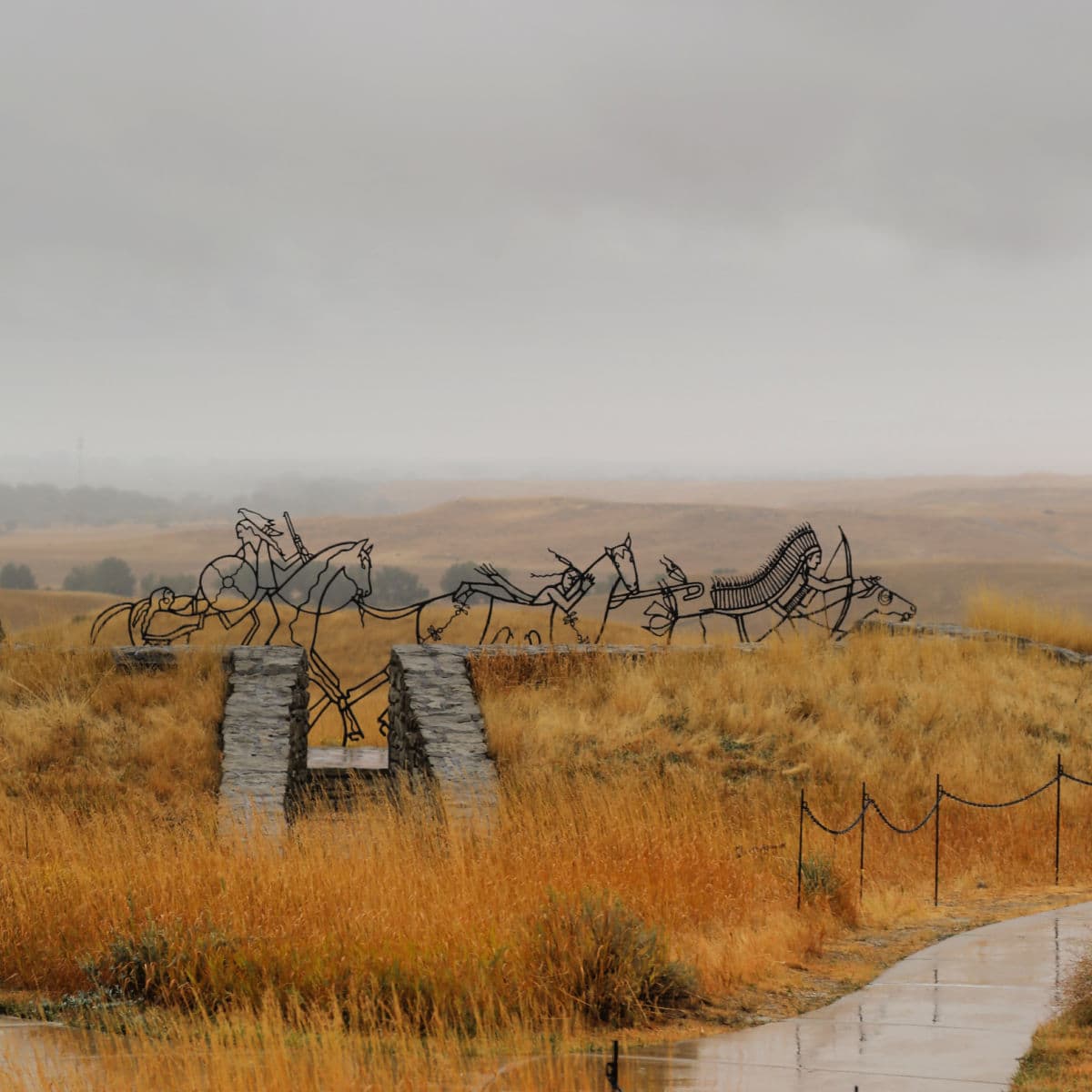
Little Bighorn Battlefield National Monument
Top Things to do - View the 20-minute orientation video, Explore the museum exhibits, Walk up to Last Stand Hill, Visit the Indian Memorial, Walk the Deep Ravine trail, a ¼ mile self-guided walking tour, Explore the National Cemetery, Experience an audio tour
Lodging - Little Bighorn Battlefield National Monument does not offer lodging options within the park itself. However, there are nearby towns where visitors can find accommodations. The closest towns to Little Bighorn Battlefield National Monument are Crow Agency, Montana, and Hardin, Montana, both of which offer lodging options such as hotels, motels, and bed and breakfasts.
Camping - Little Bighorn Battlefield National Monument does not offer camping options within the park. For those interested in camping near the Bighorn River, the Yellowtail Dam Campground offers scenic locations and outdoor activities. Additionally, the Bighorn Canyon National Recreation Area provides campgrounds.
Park Address - 756 Battlefield Tour Road, Crow Agency, MT 59022
Within the Crow Indian Reservation, 3 miles from Crow Agency and 15 miles from the town of Hardin, Montana, is the site of the Battle of Little Bighorn.
The battle occurred on June 25-26, 1876, during the late stages of the United States Army’s ongoing efforts to pacify what was left of the Native American population and force them to live on reservations. Ultimately the Native Americans had no hope of prevailing, but on scattered occasions, they could certainly slow down the process and make the Americans pay a price for what they were doing. This battle was one such occasion.
Led by Lt. Colonel George Armstrong Custer, the Seventh Cavalry intended a surprise attack on a Sioux village. The surprise, though, was that they soon found themselves facing a force of Lakota Sioux, Cheyenne, and Arapaho warriors perhaps six times their size (this, and many details of the battle, remain very much in dispute). Custer and his men were annihilated.
Today, for $10 per vehicle or $5 per pedestrian, you can visit the site of the battlefield at Little Bighorn Battlefield National Monument, see the numerous memorials to the deceased (white and Native American), wander the area, and ponder the slaughter that occurred here over 130 years ago, and the bloody clash of cultures of which it was just a small part.
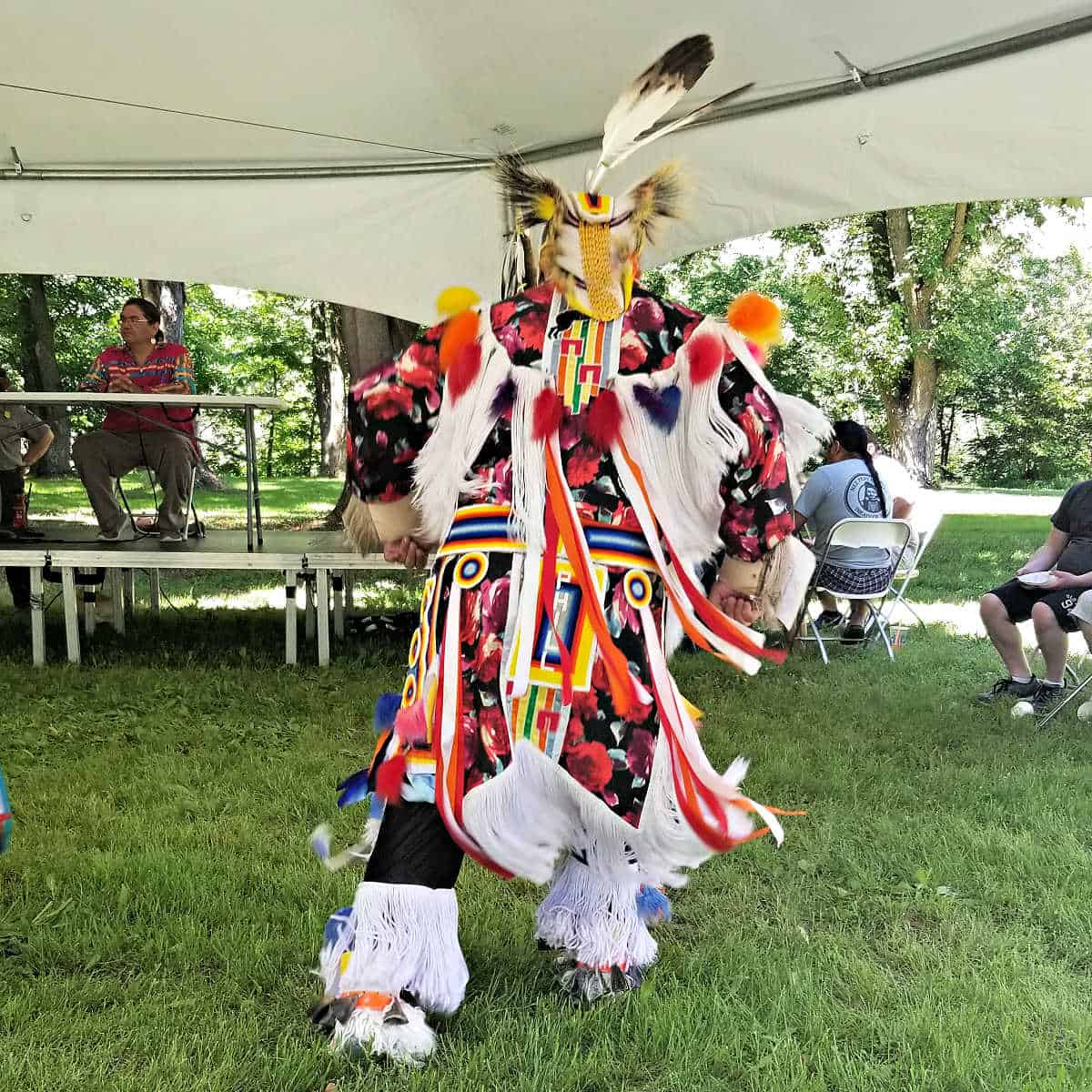
Nez Perce National Historical Park
Top Things to do - visit Big Hole National Battlefield, Hiking, Picnicking, Bird Watching, Scenic Drives
Lodging - There are no lodging options directly within Nez Perce National Historical Park in Montana. However, there are several nearby towns and areas where visitors can find accommodations. The towns of Wisdom, Dillon, and Hamilton are some of the closest options for lodging, and they offer a range of accommodations, including hotels, motels, bed and breakfasts, and vacation rentals.
Camping - While there are no camping options directly within the Montana portion of Nez Perce National Historical Park, visitors can find nearby camping opportunities. Campgrounds like those in Bannack State Park and Big Hole National Battlefield offer tent and RV sites for history enthusiasts exploring the region.
Park Address - 39063 US Hwy 95, Lapwai, ID 83540-9715
Nez Perce NHP is located in Idaho, Montana, Oregon, and Washington with the main visitor center near Lewiston, Idaho. The park has sites spread over 4 states but many can be seen on a day's drive.
The Niimiipuu people who have historically been called Nez Perce have lived in the Pacific Northwest for 100s of years. They like many tribes experienced non-Indian immigration into the region.
In 1877, fighting broke out between a faction of Nez Perce and white settler in the Wallowa Valley of Oregon. These battles would become known as the Nez Perce War.
Today visitors can visit 38 sites that are spread over what was the traditional Nez Perce people's homeland. There is an amazing visitor center is Lapwai, Idaho that has a wonderful movie and information about the park.
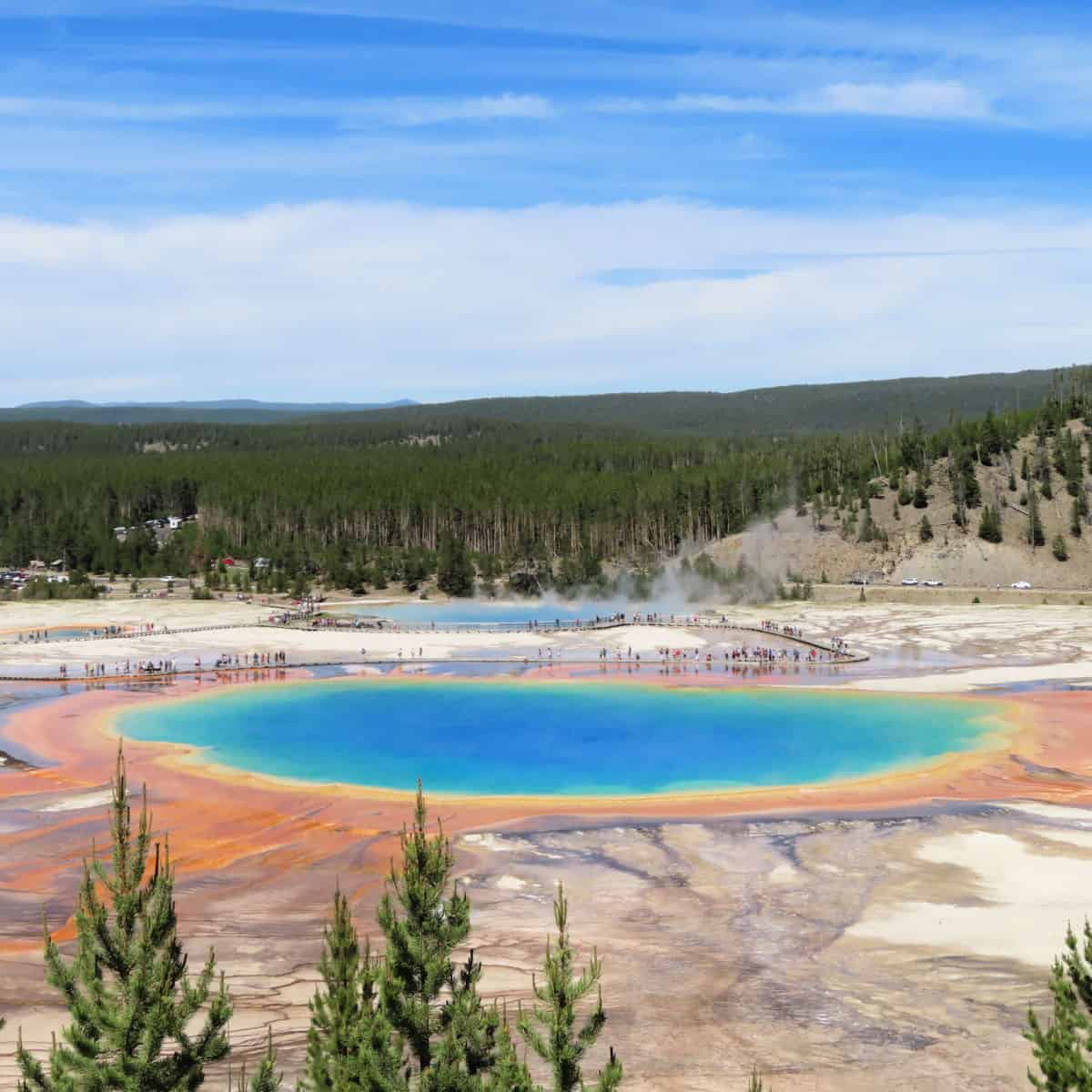
Yellowstone National Park
Top Things to do - Hike a Trail, Wildlife Watching, Ride a Horse, Camping, Picnicking Fishing, Boating, Swimming
Lodging - There are nine National Park Lodges located within the park offering over 2,000 rooms.
Only two lodges are open during the winter - Old Faithful Snow Lodge and Mammoth Hot Springs Hotel.
There are nine National Park Lodges located within the park offering over 2,000 rooms.
Only two lodges are open during the winter - Old Faithful Snow Lodge and Mammoth Hot Springs Hotel.
Camping - There are over 2,000 campsites within Yellowstone spread among 12 campgrounds.
Park Address - 2 Officers Row, Yellowstone National Park Headquarters, Yellowstone National Park, WY 82190
A visit to Montana without stepping foot in Yellowstone National Park would not be complete. Not only is the wildlife in abundance here, but visitors will have bragging rights that they will have visited the world's first national park that was established in 1872.
With more than 2.2 million acres of steamy ponds, geysers, roaring waterfalls, mud pots, hot springs, and mountain views; Yellowstone National Park has something for everyone in the family. If fishing is something your family enjoys, Yellowstone Lake can fulfill the "fishing bug!" Binoculars are also a must when visiting Yellowstone National Park, as the wildlife is around every corner you take! From bears, bear cubs, buffalo, elk, deer, muskrats, or even a wolf, Yellowstone has it all!
Yellowstone and Glacier National Park Tours
Are you looking to let someone else do the driving? Here are some great Yellowstone and Glacier National Park Tours so you can focus on sightseeing instead of driving and planning. Overnight tours listed below also include room accommodations and complimentary breakfast.
Full Day Yellowstone National Park Tour with pickup - Pickup is included on just about anywhere on the North or west side of Yellowstone.
The tour enters the park through the North Entrance of Yellowstone with key stops, including Mammoth Hot Springs terraces, Tower Roosevelt, and Lamar Valley. This tour is definitely for the wildlife enthusiast, and it offers opportunities to see bison, elk, antelope, coyotes, and moose. This is also where the wolves like to hang out in Yellowstone! Will stop in Cooke City for lunch on your own before heading back. You will also stop by a local commercial hot springs on the way back.
Click here to book your Full Day Yellowstone National Park Tour.
5-Day In-Depth Yellowstone and Grand Teton National Park Tour - Meet in Bozeman, Montana, and head to Yellowstone National Park, where you will spend 4 days exploring Yellowstone! Spend the fifth day exploring Grand Teton National Park as the tour ends in Jackson, Wyoming. Don't worry, there is an airport in both locations!
Click here to book your 5-day In-Depth Yellowstone and Grand Teton National Park Tour.
Grand Teton, Yellowstone, and Glacier National Parks 8-Day Tour - This is an 8-Day roundtrip tour out of Salt Lake City, Utah. This epic tour includes stops at the Utah State Capitol, Antelope Island State Park (Utah), Idaho Falls, Jackson Hole (Wyoming), Grand Teton National Park, Yellowstone National Park, Glacier National Park, Butte Montana, and Lava Hot Springs! This tour has tons included in the price, including lodging, breakfast, national and state park entrance fees, excursions indicated on the itinerary, snacks bottled water, and more!
Click here to book your 8-Day Grand Teton, Yellowstone, and Glacier National Parks tour.
Montana National Parks
- Big Hole National Battlefield
- Bighorn Canyon National Recreation Area
- Fort Union Trading Post National Historic Site (MT, ND)
- Glacier National Park
- Grant-Kohrs Ranch National Historic Site
- Little Bighorn Battlefield National Monument
- Nez Perce National Historical Park (ID, MT, OR, WA)
- Yellowstone National Park
Affiliated Sites
- Ice Age Floods National Geologic Trail (Wa, Or, ID, Mt)
- Lewis and Clark National Historic Trail (ID, IL, IA, KS, MO, MT, NE, ND, OR, SD, WA) It was during the 1800s that Lewis and Clark trekked across this great state and had many successes while doing so. Many of the mountain streams, meadows, waterfalls, and canyons that Lewis and Clark visited while crossing Montana remain unchanged from that time period. Billings, Helena, Missoula, Great Falls, and Bozeman are all cities that offer historical sites as well as museums that reflect upon the experiences of Lewis and Clark.Numerous historical sites and events take place along the Lewis and Clark Trail which treks through the vast land area which we know as Montana. History and stunning beauty come to life along the trail that Lewis and Clark blazed as they explored the American West, thus; the rest of the country was introduced to the Native Americans that lived in the area.
The 8 National Parks in Montana has over 5.6 Million visitors bringing in over $1.2 billion in economic benefits!
Montana National Parks include 1 Wild and Scenic River managed by the park service, 1 National Trail managed by the park service, 1,157 National Register of Historic Places listings and 28 National Historic Landmarks.
The National Parks in Montana also includes 10 National Natural Landmarks, 2 World Heritage Sites, Glacier and Yellowstone National Park, and 509 places recorded by the Heritage Documentation Program.
There are over 1.4 million objects in the Montana National Park Museum Collection and over 1,000 archeological sites in the Montana National Parks!
For an entire list of US National Parks head over to our list of US National Parks in Alphabetical Order. We also have a printable checklist of all 417 National Park properties in the United States available.
If you have dreamed of working in the National Parks make sure and check out our article on How to Become a Park Ranger. Working in the parks is one of the most amazing jobs you can find. There is just something special about waking up and knowing you are going to work in a beautiful park.
Learn more about National Park Passes for parks that have an entrance fee.
$80.00 - For the America the Beautiful/National Park Pass. The pass covers entrance fees to all US National Park Sites and over 2,000 Federal Recreation Fee Sites for an entire year and covers everyone in the car for per-vehicle sites and up to 4 adults for per-person sites.
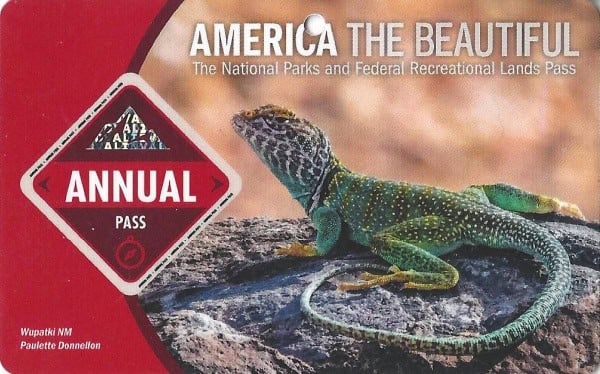
Buy your pass at this link, and REI will donate 10% of pass proceeds to the National Forest Foundation, National Park Foundation, and the U.S. Endowment for Forestry & Communities.
National Park Free Entrance Days -Mark your calendars with the five free entrance days the National Park Service offers annually.
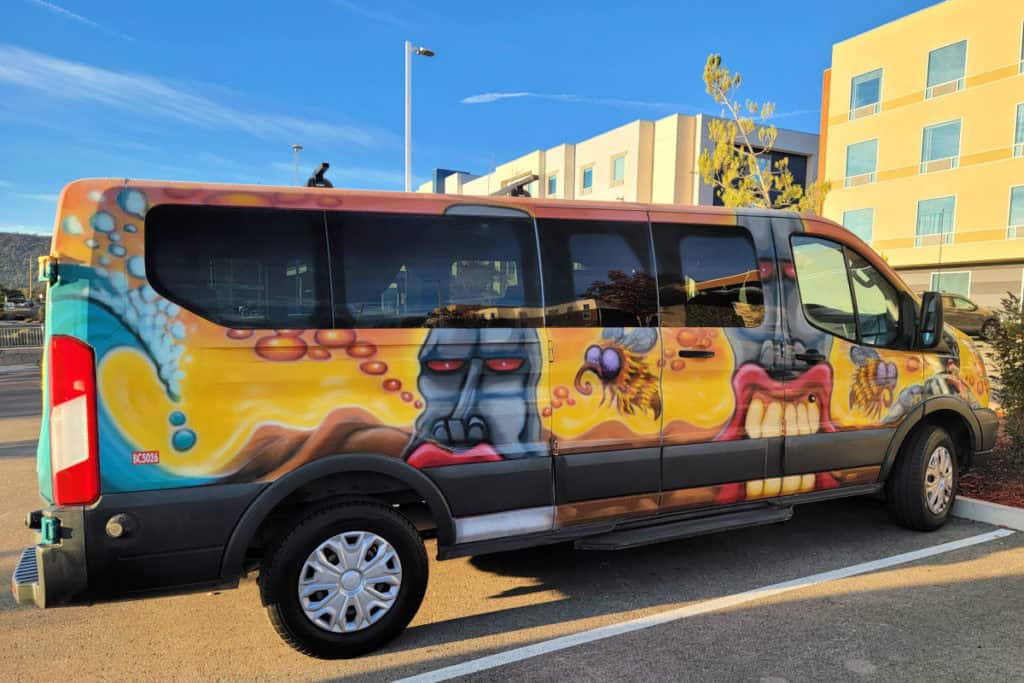
For a fun adventure check out Escape Campervans. These campervans have built in beds, kitchen area with refrigerators, and more. You can have them fully set up with kitchen supplies, bedding, and other fun extras. They are painted with epic designs you can't miss!
Escape Campervans has offices in Vancouver, Seattle, Portland, San Francisco, Las Vegas, Los Angeles, Phoenix, Salt Lake City, Denver, New York, and Orlando
Check out the National Parks in neighboring states
National Parks in North Dakota
National Parks in South Dakota
For an entire list of US National Parks head over to our list of US National Parks in Alphabetical Order. We also have a printable checklist of all 417 National Park properties in the United States available.
Make sure to follow Park Ranger John on Facebook, Instagram, Pinterest, and TikTok
